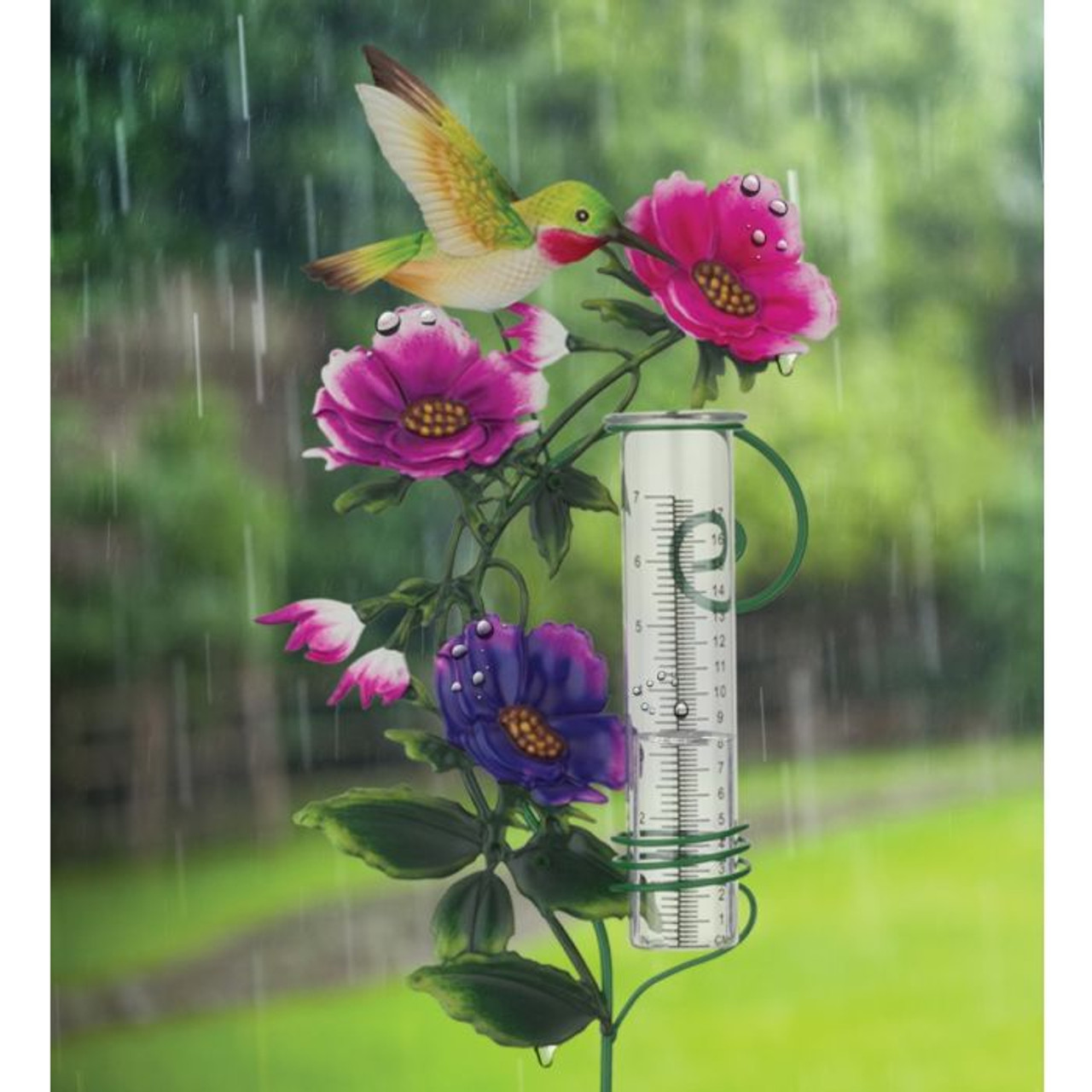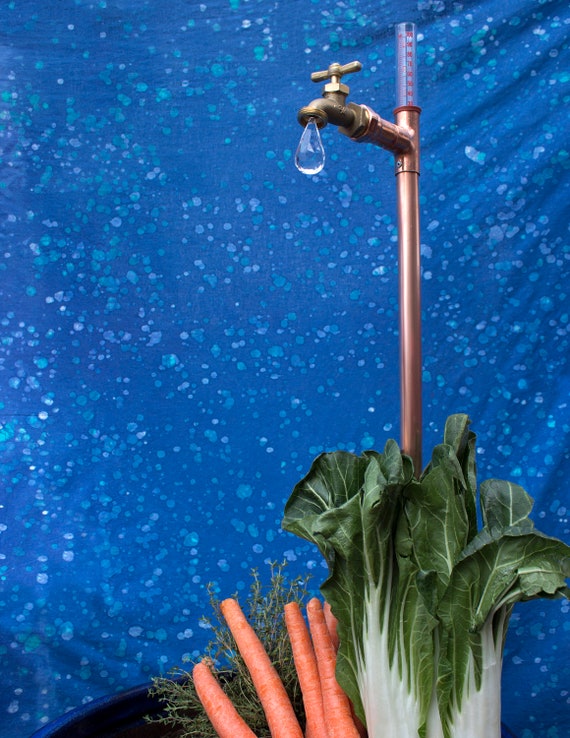Comprehending The Rain Gauge: Value, Kind, and Use Explained
Comprehending The Rain Gauge: Value, Kind, and Use Explained
Blog Article
Comprehending Rainfall Scale Measurements: A Full Overview
Comprehending Rain Gauge Measurements: A Complete Overview is a thorough source for anybody seeking a deeper understanding of rain gauge dimensions. Whether you are an expert in the field or just have an interest regarding rains measurement, this guide will equip you with the expertise needed to efficiently use rain scale dimensions.
The Value of Rainfall Scale Measurements
The importance of rain gauge dimensions lies in their function as a critical tool for precisely checking and analyzing precipitation levels - The Rain Gauge. Rain scale dimensions give useful data that assists hydrologists and meteorologists recognize patterns and trends in rainfall, which in turn help in numerous fields such as farming, water source management, and environment research

Accurate rains dimensions are vital for farming as they assist in identifying irrigation demands, plant development, and yield predictions. Farmers count on this information to make educated choices concerning when to sprinkle their plants, avoiding water waste and making certain optimal crop health. In addition, rainfall data helps in examining the effect of droughts or excessive rainfall on crop production, allowing farmers to take suitable procedures to reduce losses.
Water resource administration heavily relies upon rain gauge measurements to figure out the quantity of water readily available in tanks, rivers, and lakes. Precise dimensions enable water managers to make informed choices concerning water allowance and circulation, making certain lasting use and stopping scarcities. This info is particularly vital in areas where water deficiency is a pushing concern.
Moreover, rain gauge measurements play an important role in climate research. By accurately gauging rains over prolonged periods, researchers can analyze long-term environment patterns and determine changes in precipitation patterns as a result of environment modification. This data aids policymakers and scientists develop techniques to adjust to and minimize the impacts of climate change.
Sorts Of Rain Gauges
There are numerous types of rain determines used to determine precipitation properly. Each kind has its own advantages and constraints, making them appropriate for various functions and atmospheres.
The most usual type of rainfall gauge is the common round gauge. It is composed of a cylindrical container with a large funnel-shaped top to accumulate rainwater (The Rain Gauge). The water is after that funneled into a finished determining tube, enabling for accurate dimension of the amount of rains
One more type is the considering rainfall scale. Considering rainfall assesses are particularly helpful in locations with icy rainfall or heavy rains, as they are not influenced by splashing or evaporation.
Tipping bucket rain determines utilize a system that pointers a small bucket each time it collects a specific quantity of rain. The variety of tips is videotaped and utilized to determine the rains. This kind of scale is generally used in automated climate terminals as a result of its reduced upkeep needs and capacity to provide real-time data.
Lastly, there are radar-based rain determines that usage radar modern technology to approximate rainfall. These evaluates measure the intensity of rains in a details location by examining the reflected radar signals. They are especially helpful for measuring rainfall over big areas or in remote locations.
Exactly How Rainfall Gauge Measurements Job
Rainfall gauge measurements are based upon the concept of gauging the quantity and collecting of rainfall. These instruments are designed to record rain and offer an accurate dimension of the rainfall in a specific area.
The most typical kind of rainfall scale is the standard round gauge. It includes a cylindrical container with a wide opening at the top to accumulate rainwater. The collected water is after that funneled right into a determining tube, which is adjusted to provide the dimension in units of size, normally millimeters or inches.
An additional sort of rainfall gauge is the tipping pail gauge. It uses a seesaw-like device with two pails that tip when they reach a particular helpful resources weight threshold. Each tip of the pail represents a certain quantity of rains, permitting precise dimensions.
Some innovative rain determines are equipped with digital sensing units that automatically record and send information. These sensors utilize numerous innovations such as ultrasound or laser to gauge the quantity of rains accurately.
Elements Influencing Rainfall Gauge Precision
Ecological aspects such as wind, temperature level, and atmospheric pressure can substantially impact the accuracy of rain gauge dimensions. Adjustments in climatic stress can likewise affect the accuracy of rainfall scale dimensions, as they can change the rate at which rainfall is gathered.
Operational variables, on the other hand, refer to aspects associated with the style, setup, and maintenance of the rainfall scale. The placement of the rain scale in a location with obstructed airflow or near trees or buildings can cause inaccurate analyses because of blockage or splattering of rains. Incorrect calibration or irregular upkeep of the rainfall gauge can also influence its accuracy.
To make certain the precision of rain scale measurements, it is crucial to think about these aspects and take ideal procedures. This may involve picking an ideal place for the rainfall gauge, making sure appropriate installment and maintenance, and regularly adjusting the tool. By dealing with these factors, exact and reliable rains dimensions can be gotten, which are essential for various applications such find here as weather projecting, hydrological research studies, and farming.
Tips for Accurately Gauging Rainfall
To guarantee accurate rainfall dimensions, it is essential to execute certain methods and methods when making use of a rain gauge. Here are some tips for accurately measuring rainfall:
Correct Positioning: Put the rain gauge in an open location, away from trees, structures, and various other blockages that may conflict with the rains collection. It must be placed on a degree surface to prevent water merging or drainage.

Check Out the Range Properly: When taking measurements, reviewed the water degree at eye degree from all-time low of the crescent. Stay clear of parallax errors by aligning your sight straight with the water degree.
Regular Time Period: Set a constant time interval for measuring rains, such as every 24-hour or after each rains occasion. This makes certain exact monitoring and comparison of precipitation information.
Record Measurements Immediately: Tape rainfall measurements immediately after collection to stop dissipation or splilling. Utilize a rain scale with an integrated data logging feature for automated recording.
Verdict
In verdict, comprehending rainfall gauge dimensions is important for accurately measuring rainfall. It is vital to consider variables that can affect the accuracy of rainfall gauge measurements, such as placement, evaporation, and wind.
Comprehending Rainfall Scale Measurements: A Complete Overview is an extensive source for anyone seeking a much deeper understanding of rainfall scale measurements. Whether you are an expert in the field or merely have an interest concerning rainfall measurement, this overview will certainly outfit you with the expertise you can check here needed to properly make use of rainfall scale dimensions.
The most usual type of rain gauge is the typical round gauge.The most typical kind of rain gauge is the basic cylindrical gauge.One more type of rain gauge is the tipping container gauge.
Report this page